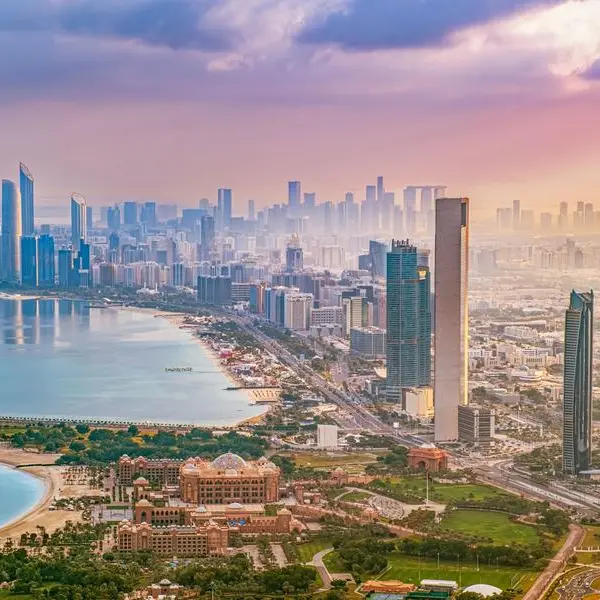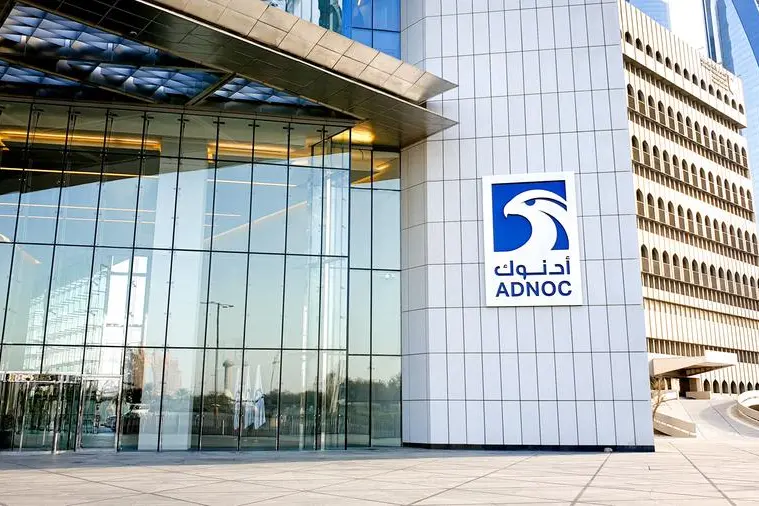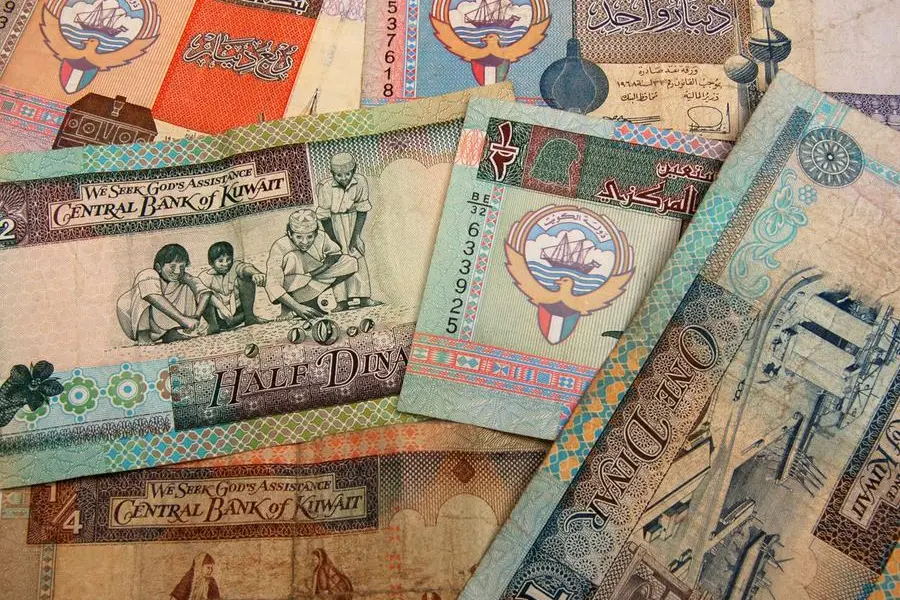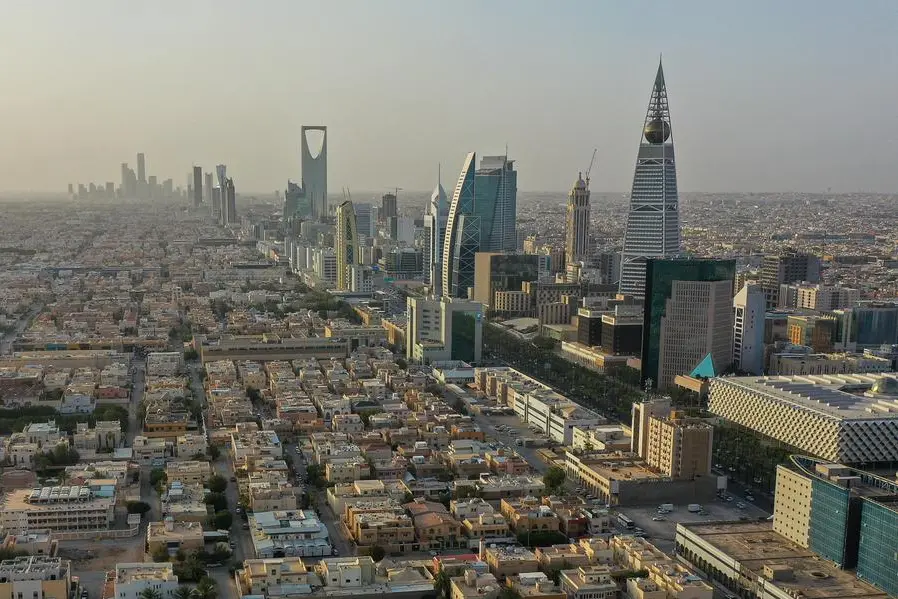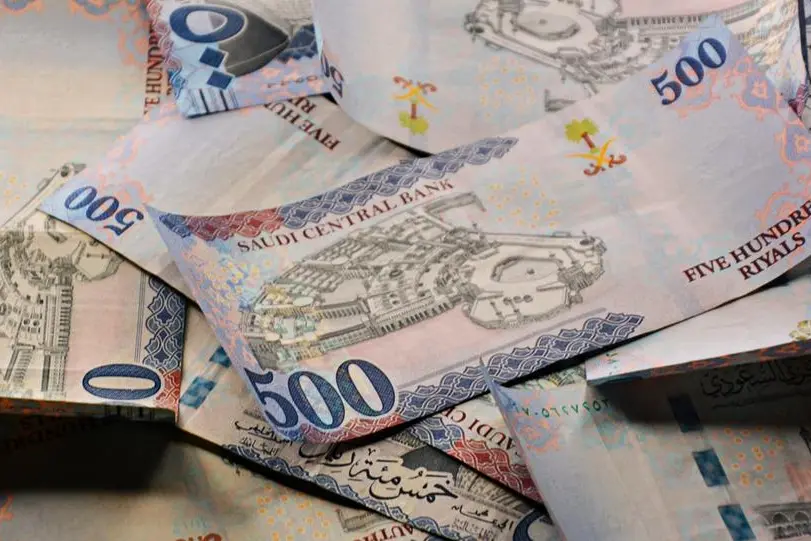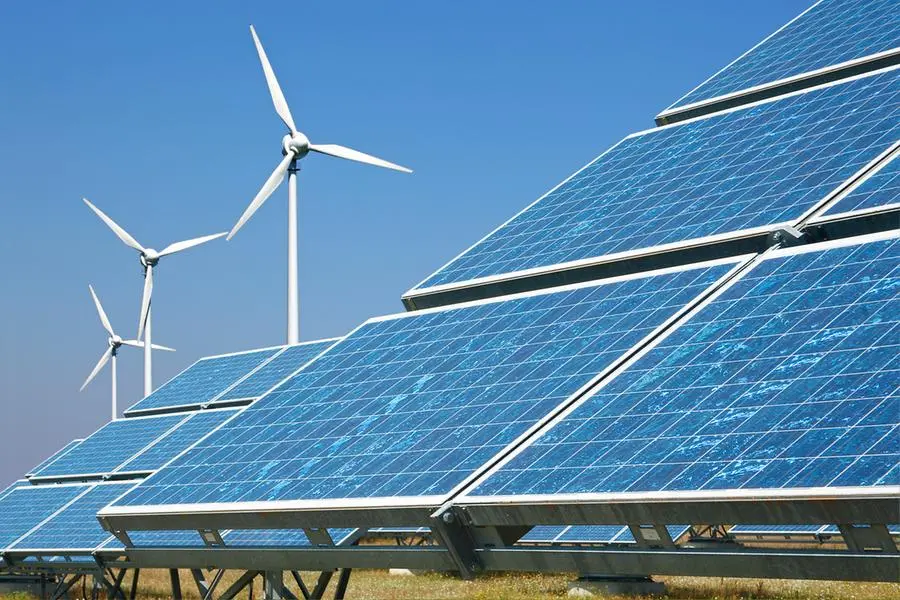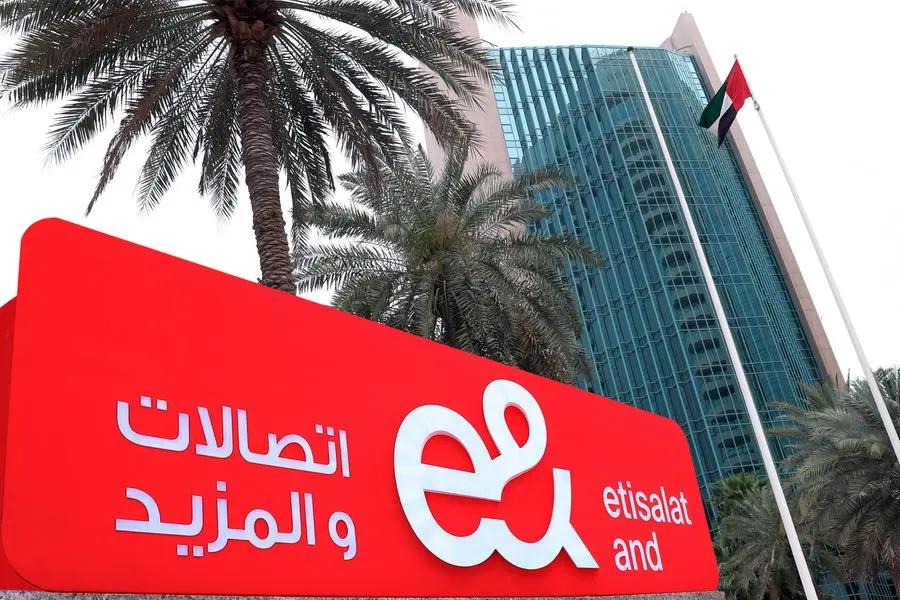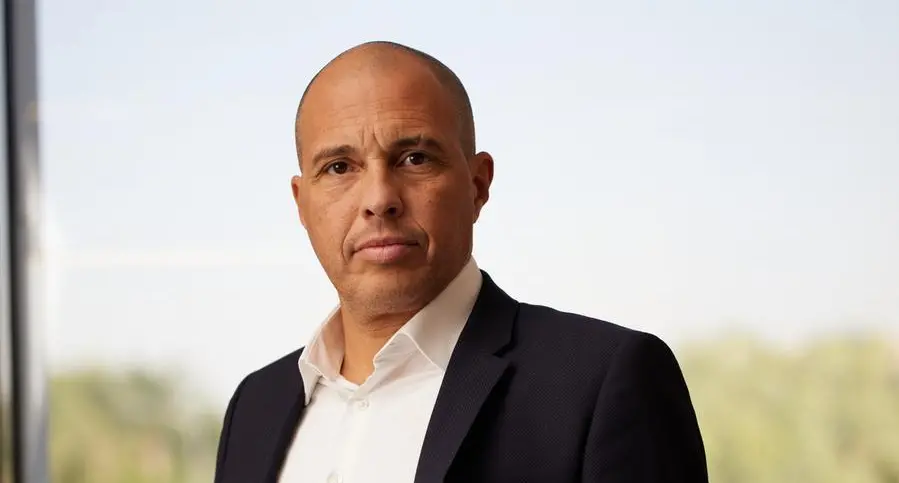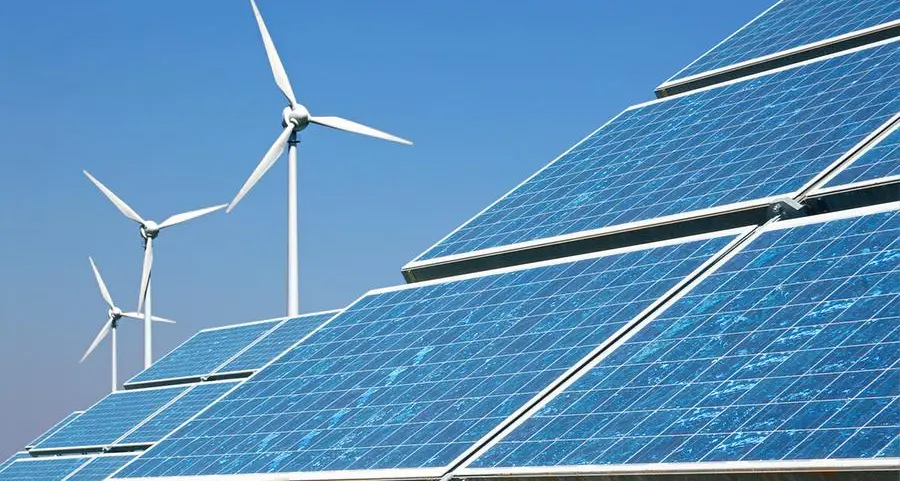Wednesday, Jan 06, 2016
Dubai - Dubai is preparing to send a third new satellite into earth’s orbit in 2018.
Mohammad Bin Rashid Space Centre (MBRSC) officials told reporters on Wednesday that the UAE’s most technologically advanced image satellite, dubbed KhalifaSat, is now under assembly by a team of Emirati engineers.
The final design of the KhalifaSat engineering model along with the software and systems contained in the satellite have been completed.
The satellite is scheduled for launch in the first quarter of 2018 on MHI’s H-IIA launch vehicle.
Amer Al Sayegh, Director of the Space Systems Development Department at MBRSC, said KhalifaSat is expected to be completed by the end of the year, and will undergo “thorough testing” before its launch.
As the KhalifaSat project manager, Al Sayegh said the team of 68 Emirati engineers has collectively worked together for more than a year throughout the stages of developing the satellite model to designing its different modules and sub-systems.
Over 20,000 electronic parts — 5,000 mechanical parts of which are made of aluminium, steel and carbon fibre — were manufactured to develop the satellite model.
The KhalifaSat will orbit the earth at an altitude of between 580-620km, and will have 14 daily ground station access points globally. The satellite will pass over Dubai at an average of four times a day, and will transfer data for image download at the speed of 320Mbps, explained Al Sayegh.
Highlighting that the number of Emirati engineers working on the project grew by 50 per cent over the past year, Al Sayegh said the team presented the satellite’s designs for review. All designs were given to the MBRSC’s Internal Review Board comprised of systems engineers, managers and consultants, who discussed all the aspects and details related to the final design of the engineering model.
Seven space innovations
The KhalifaSat project includes seven space innovations, one of which is a digital camera with an enhanced light metre for better resolution. Another is the development of techniques to increase image download and communication speed with the satellite from anywhere in the world.
Other enhancements include the development of satellite positioning techniques to allow the capturing of a high number of 3D images, along with targeting positioning system. This will add KhalifaSat to the list of the best satellites in the world in providing high quality images, with high speed response and an accurate location system.
“The success of Emirati engineers in leading and executing the project is a testament to the skills they gained from the previous two projects — Dubaisat 1, Dubaisat 2,” said Yousuf Al Shaibani, Director General of MBRSC.
The project’s innovations also include the development of automatic satellite control system through upgrading the primary satellite computer’s operating system and increasing its storage capacity.
“KhalifaSat is the first practical step in manufacturing an Emirati satellite built with Emirati expertise in space technology laboratories in Dubai,” said Al Shaibani. Emirati engineers will also begin the development of the ground station programmes that will manage all post launch communication with the satellite.
Box 1:
KhalifaSat images can be used for:
-Environmental monitoring
-Urban planning
-Change detection
-Disaster relief management
-Ship detection
-Cartography and topography
By Jumana Khamis Staff Reporter
Gulf News 2016. All rights reserved.




